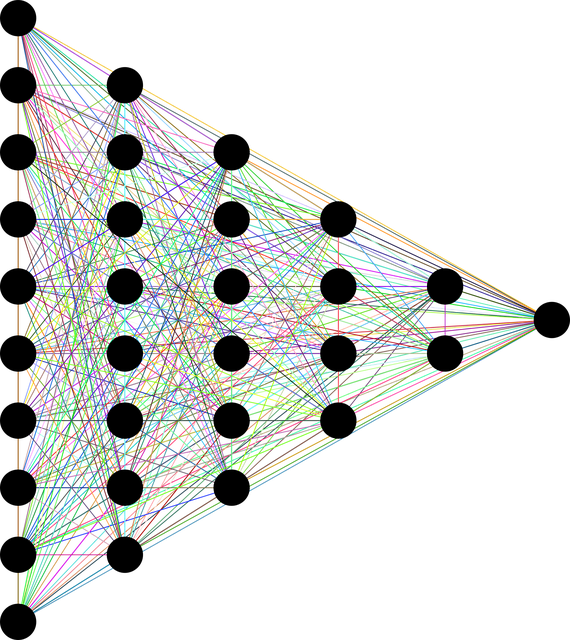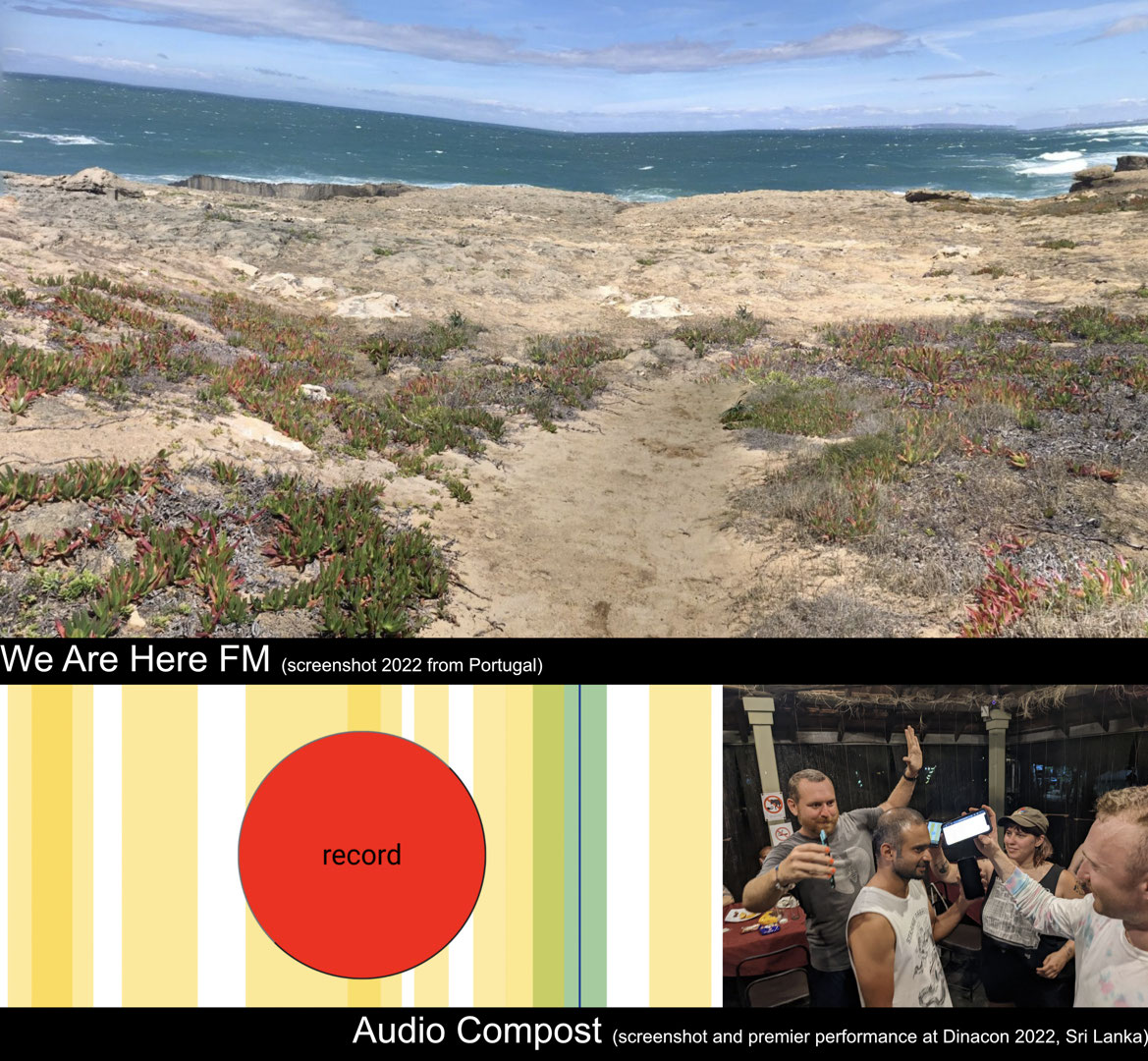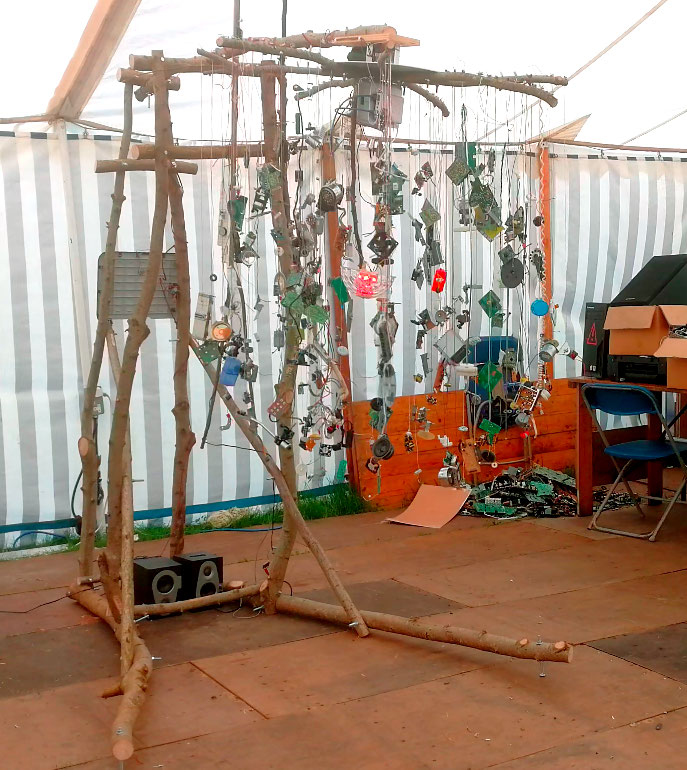Alexandros Drymonitis
This workshop aims to demystify some basic concepts that pertain to neural networks, and their potential in artistic practices. Focusing on Pure Data and the brand new neuralnet object, the participants will be introduced to basic use cases of neural networks in audio (and visuals possibly), while the workshop will end with a collective brainstorming session where participants will either try for themselves, or will share their ideas on how they would like to use a neural network for their own work.
Alexandros Drymonitis is a sound and new media artist. He is a PhD candidate at the Royal Birmingham Conservatoire doing research on the creation of musical works with the programming language Python. His artistic practice focuses on new techniques utilizing new media such as computer programming, AI, or even older practices, like modular synthesis.
He has collaborated with various artists from different art disciplines, plus several ensembles, either interdisciplinary or music ensembles.
He has taught the guitar at the Music School of Amsterdam and ‘Philippos Nakas’ Conservatory in Athens, and electronic music programming at ‘Musical Praxis’ Conservatory in Athens. He is currently a freelancer in the field of electronic music and multimedia programming, teaching several workshops in various venues and undertaking multimedia programming in various events.




